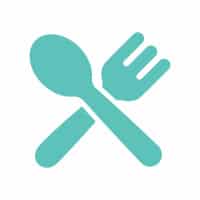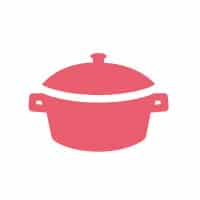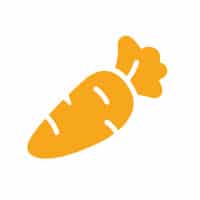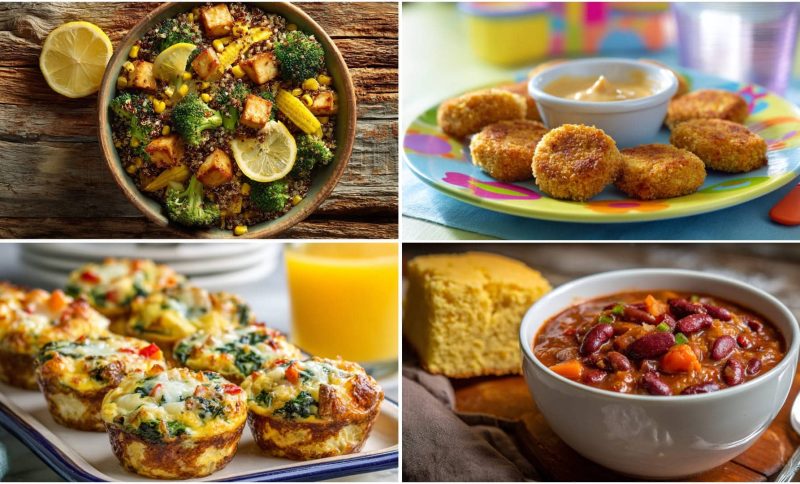Does your child seem tired all the time or struggle to focus at school?
They might not be getting enough iron in their diet. Iron-rich foods for kids are essential for healthy growth, strong energy levels, and sharp thinking.
Many children don’t get enough of this important mineral, which can affect their mood, learning, and overall development.
Boosting your child’s iron intake doesn’t have to mean forcing them to eat foods they hate.
From tasty beef meatballs to fruity smoothies with hidden spinach, there are plenty of delicious ways to sneak more iron onto their plates without the dinner table battles.
Why Iron Matters for Kids’ Growth & Energy
Iron plays a crucial role in your child’s healthy development and daily energy levels. This essential mineral helps red blood cells carry oxygen throughout the body, supporting brain function, muscle growth, and overall physical development.
Children need adequate iron to maintain focus in school, stay active during play, and support their rapidly growing bodies. Without enough iron, kids may experience fatigue, weakness, and difficulty concentrating.
Common signs of iron deficiency include pale skin, cold hands and feet, unusual cravings for non-food items like ice or starch, restless leg syndrome, and frequent infections. If you notice these symptoms, consult your pediatrician for proper evaluation and guidance.
How Much Iron Do Kids Need?
Understanding how much iron your child needs helps you plan balanced meals and ensure proper nutrition. Iron requirements vary by age as children grow and develop at different rates.
| AGE GROUP | DAILY IRON REQUIREMENT |
|---|---|
| 1-3 years | 7 mg |
| 4-8 years | 10 mg |
| 9-13 years | 8 mg |
| Teen Girls (14-18) | 15 mg |
| Teen Boys (14-18) | 11 mg |
These daily requirements can easily be met through a variety of iron-rich foods. Remember that growing children, especially active kids and menstruating teens, may need extra attention to meet their iron needs.
Iron Foods for Kids with Easy Cooking Ideas
Many parents worry about whether their kids are getting enough iron, especially with picky eaters at the table. The good news is that many foods children already love are rich in iron.
Here are some top choices along with simple ways to prepare them.
1. Lean Beef
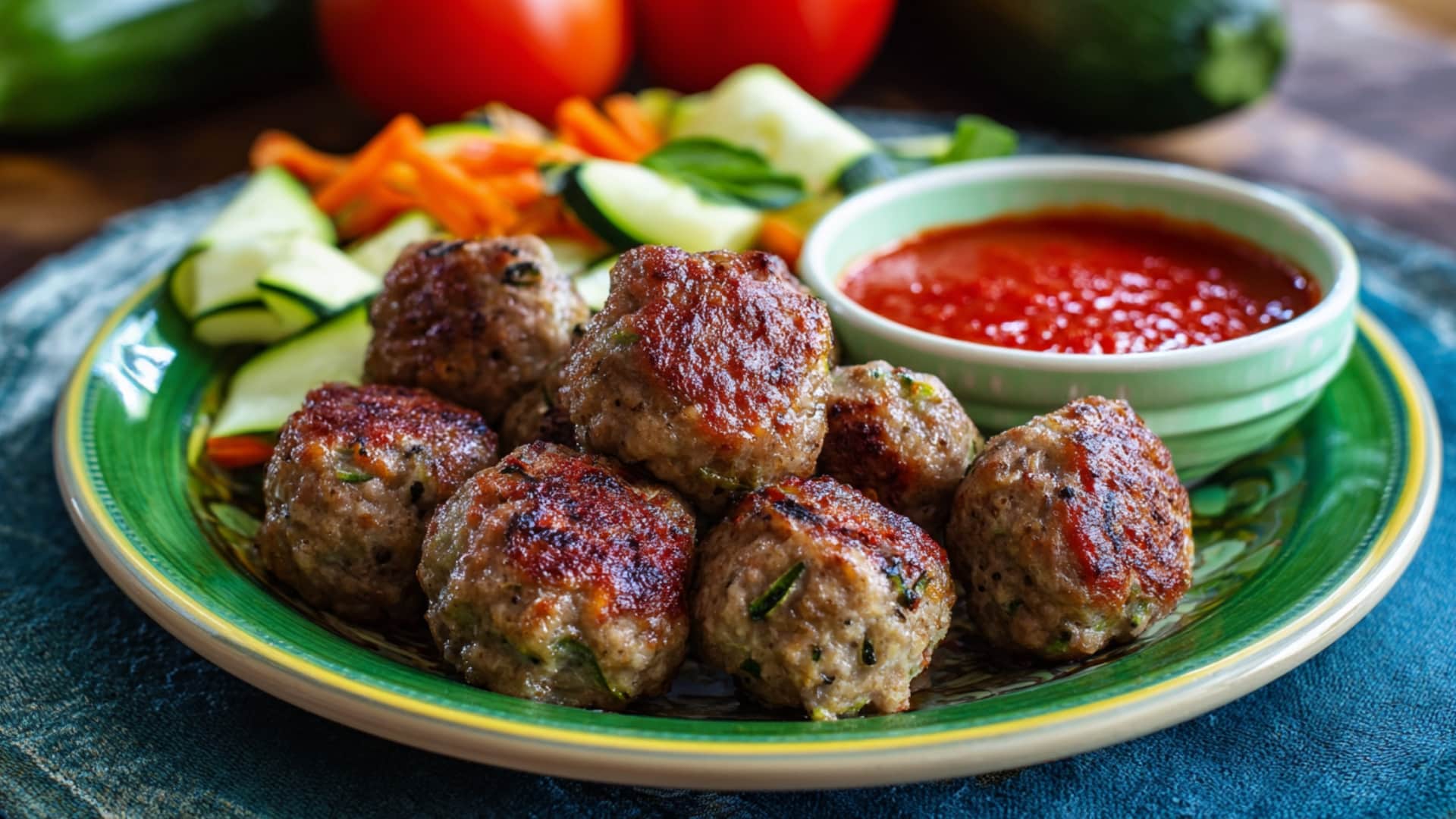
Lean beef is one of the best sources of iron for children. It provides high-quality protein along with easily absorbed heme iron.
Ground beef works well for picky eaters and can be mixed into familiar dishes like pasta sauce, tacos, or burgers. Select lean cuts to maintain healthy and nutritious meals.
Mini Recipe: Create mini beef meatballs with shredded carrots and zucchini added for an extra vegetable boost. Bake until golden brown and serve with tomato sauce for an iron-rich and vitamin C-rich combo.
2. Chicken Breast
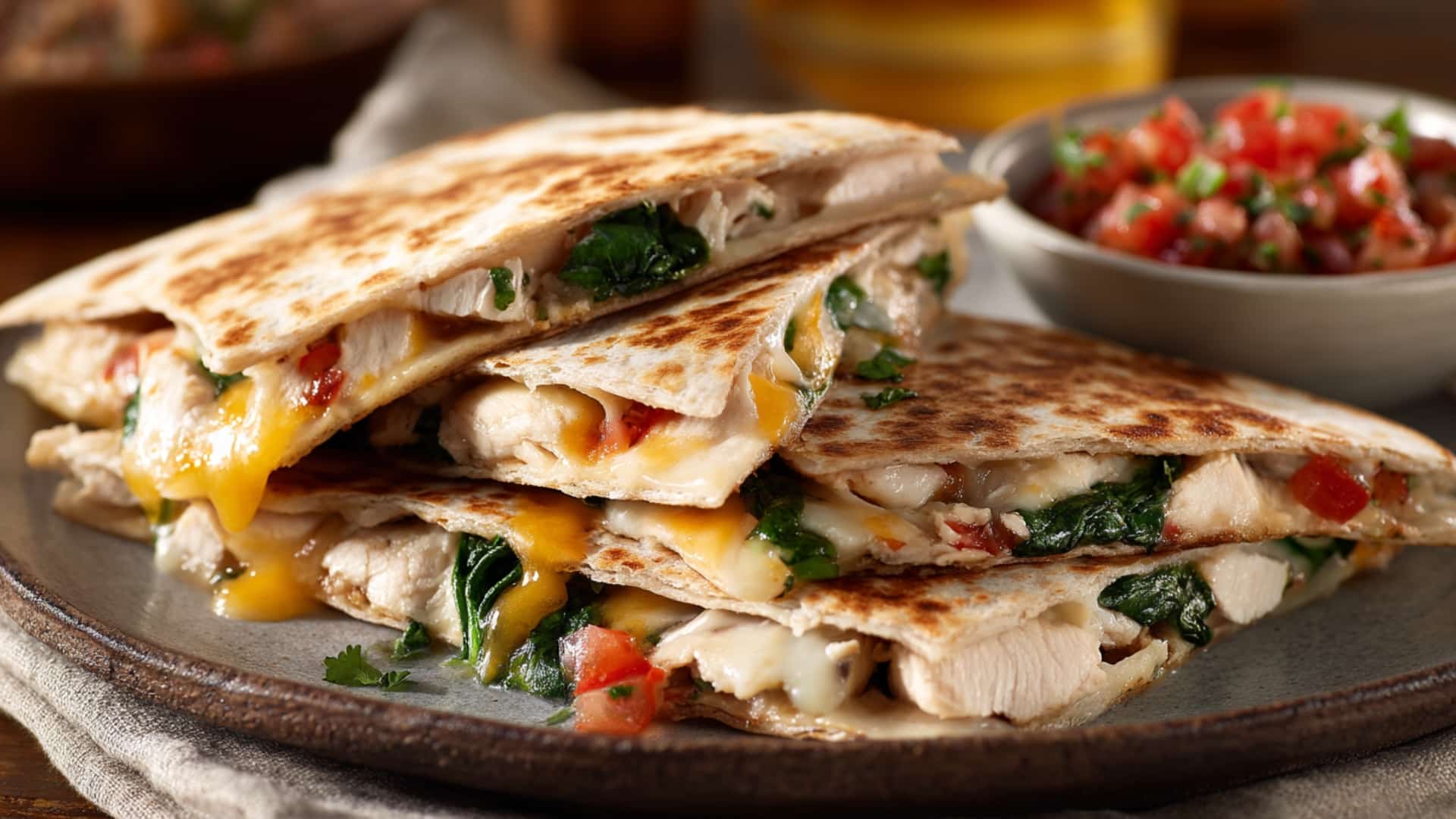
Chicken breast is a mild-tasting protein that most kids enjoy. While it contains less iron than red meat, it’s still a valuable source that pairs well with iron-rich vegetables.
Chicken is versatile and can be grilled, baked, or added to soups and stews for extra nutrition.
Mini Recipe: Create a chicken and spinach quesadilla with melted cheese using whole wheat tortillas. Serve with fresh salsa for an extra boost of vitamin C to improve iron absorption.
3. Turkey
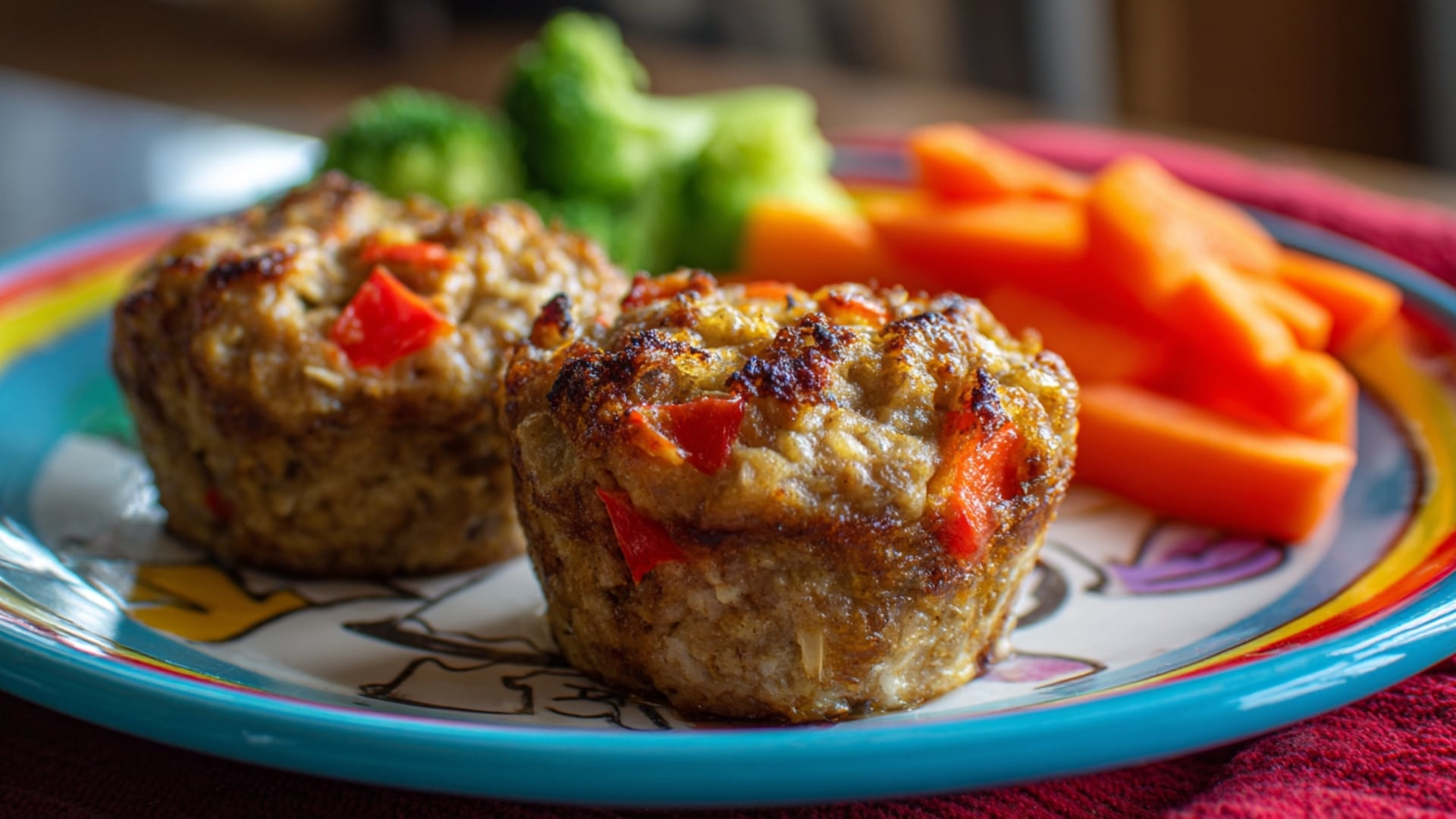
Turkey provides nearly as much iron as beef and has a gentle flavor that kids love. Ground turkey is especially useful for making kid-friendly meals like turkey burgers, meatballs, or adding to spaghetti sauce.
It’s a leaner option that still delivers excellent iron content for growing children.
Mini Recipe: Make turkey meatloaf muffins with oats and finely chopped bell peppers added for extra flavor. Bake in muffin tins for individual portions that are perfect for meal prep and lunchboxes.
4. Eggs
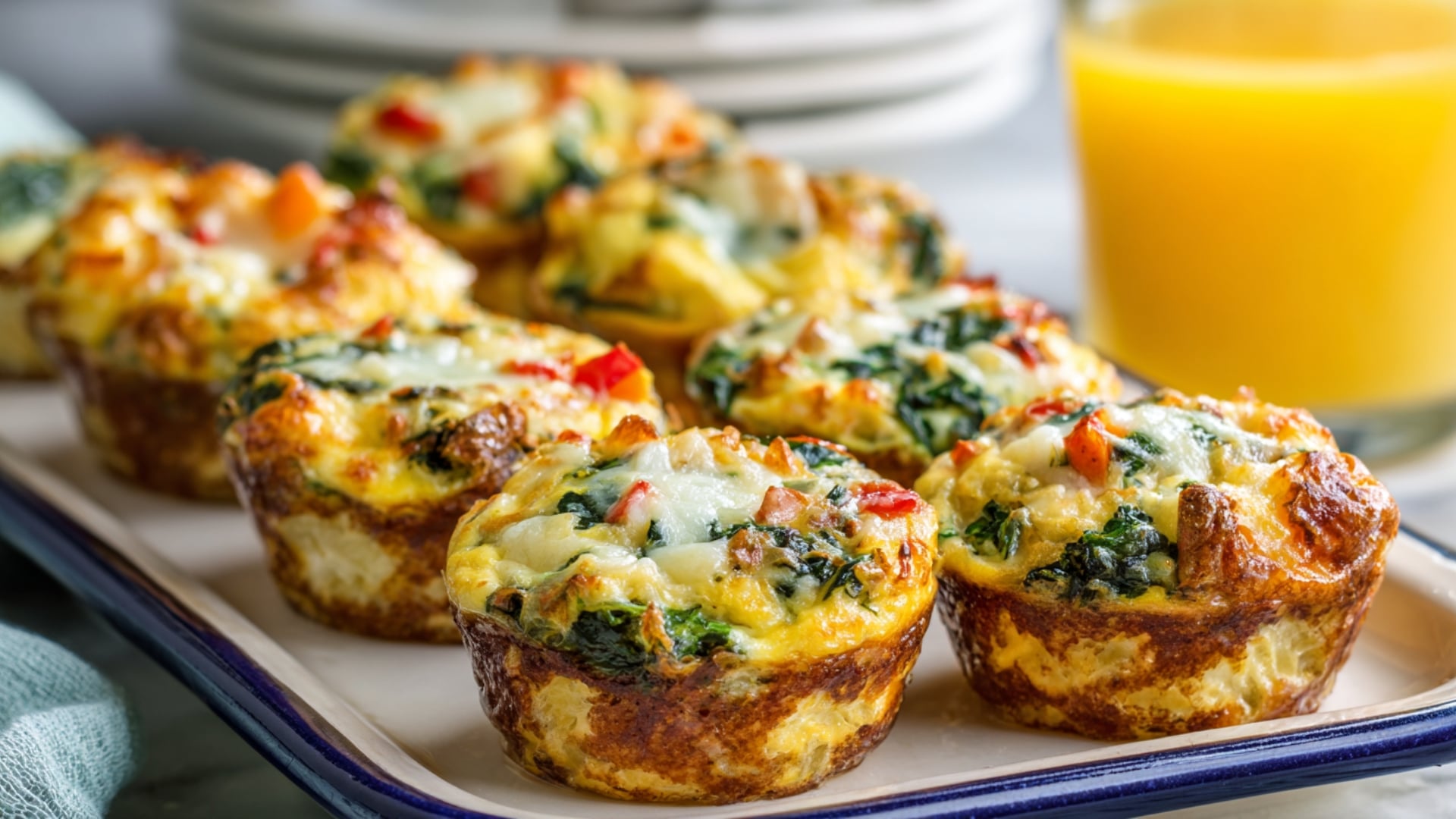
Eggs are affordable, versatile, and contain iron along with other important nutrients like protein and vitamin D. They can be scrambled, boiled, or baked into dishes.
Eggs work well for breakfast, lunch, or dinner, and are easy for busy parents to prepare quickly.
Mini Recipe: Whisk eggs with chopped spinach and diced vegetables, then bake in a muffin tin for a quick and easy breakfast or snack. Add shredded cheese on top and serve warm or pack cold for school lunches.
5. Canned Tuna
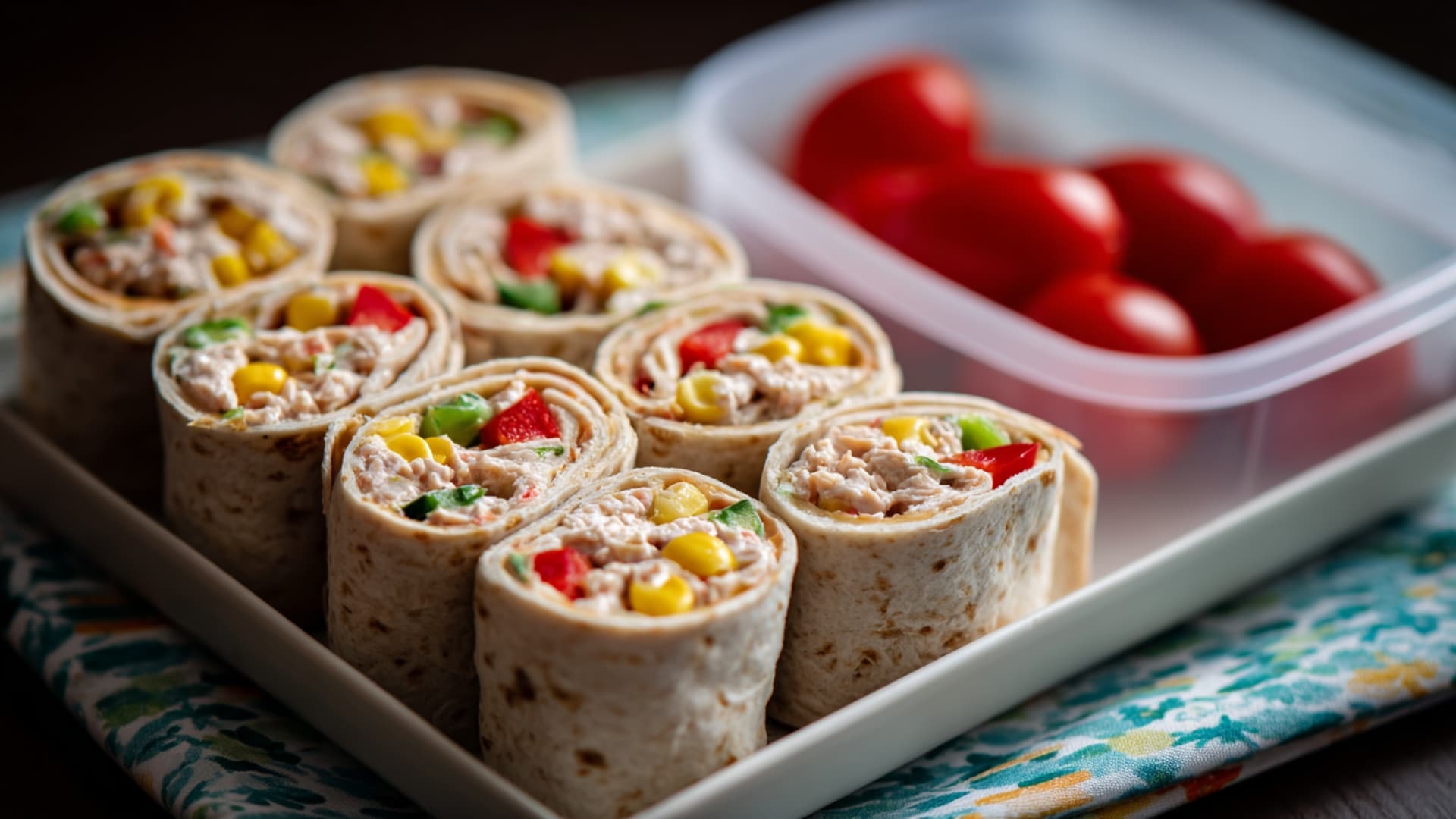
Canned tuna is a convenient option that provides a good source of iron, along with healthy omega-3 fatty acids. Choose tuna packed in water for the healthiest option.
It’s perfect for quick lunches and can be mixed with vegetables or served in sandwiches that kids enjoy eating.
Mini Recipe: Create a tuna salad wrap with diced bell peppers, sweet corn, and a hint of mayonnaise. Wrap in a whole wheat tortilla and slice into fun pinwheels for an appealing presentation.
6. Chicken Liver
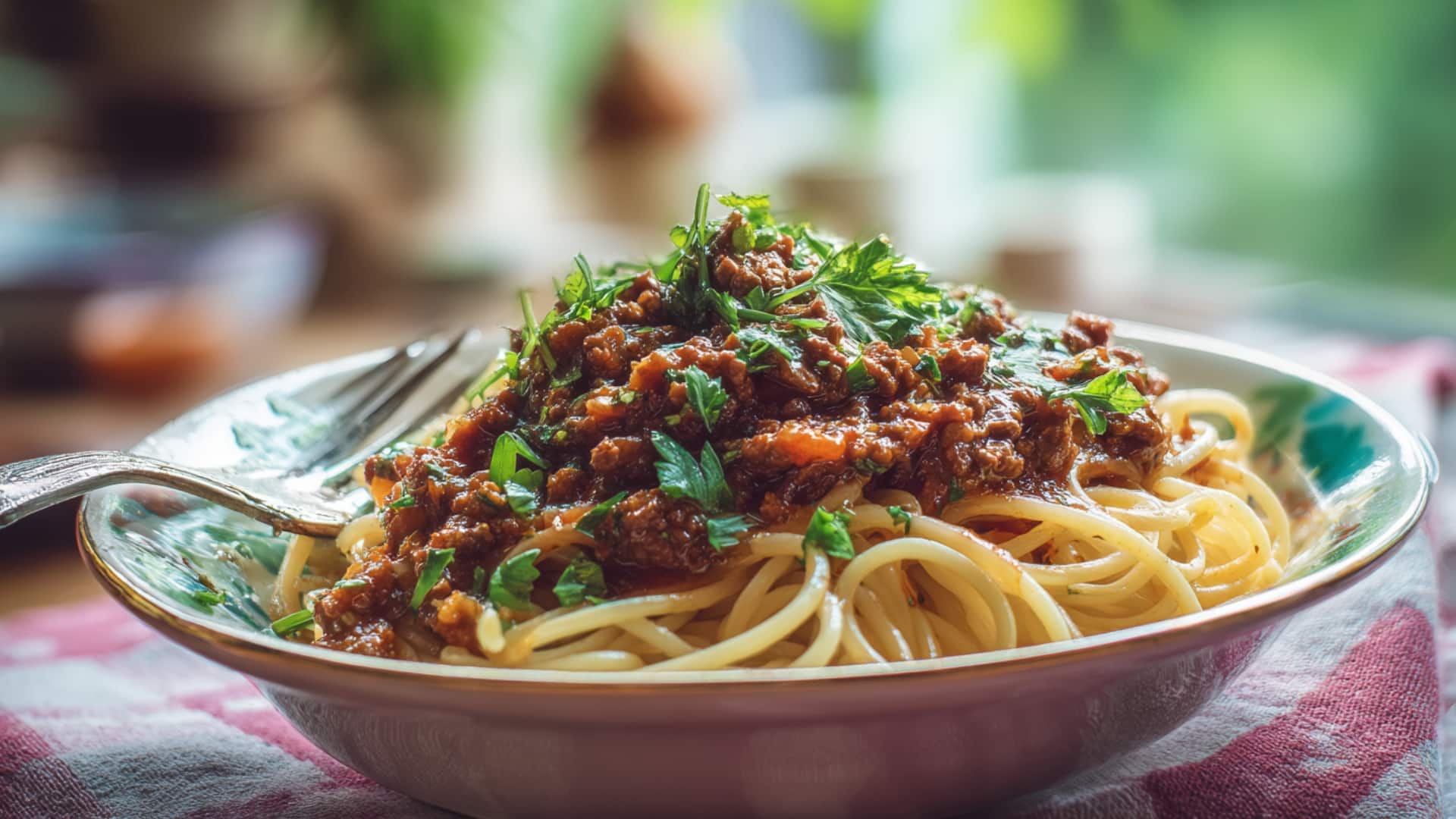
Chicken liver contains more iron than almost any other food, making it incredibly valuable for preventing iron deficiency. While kids might hesitate about liver alone, it easily hides in familiar dishes.
The strong flavor disappears when mixed with other ingredients, providing tremendous nutritional benefits.
Mini Recipe: Add minced chicken liver to spaghetti meat sauce – it blends in with the beef. This combination significantly boosts iron while maintaining the familiar taste kids love.
7. Lentils
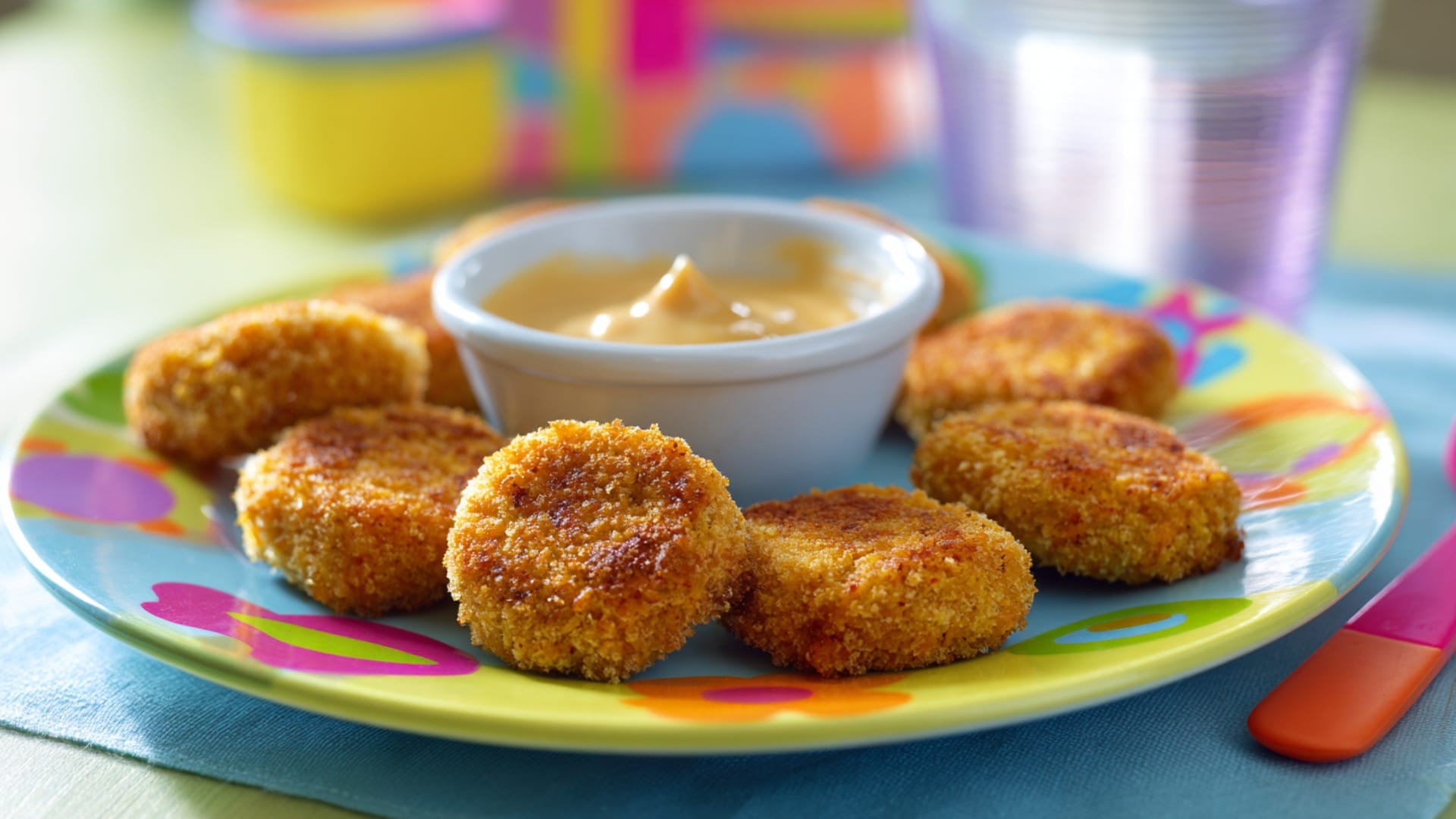
Lentils are tiny powerhouses packed with iron, protein, and fiber. They cook quickly and have a mild taste that works in many dishes. Red lentils are especially kid-friendly because they cook soft and blend easily.
They’re affordable and store well in your pantry.
Mini Recipe: Blend cooked lentils with mashed sweet potato, breadcrumbs, and mild spices. Form into lentil patties or nuggets that kids can dip in their favorite sauce.
8. Chickpeas
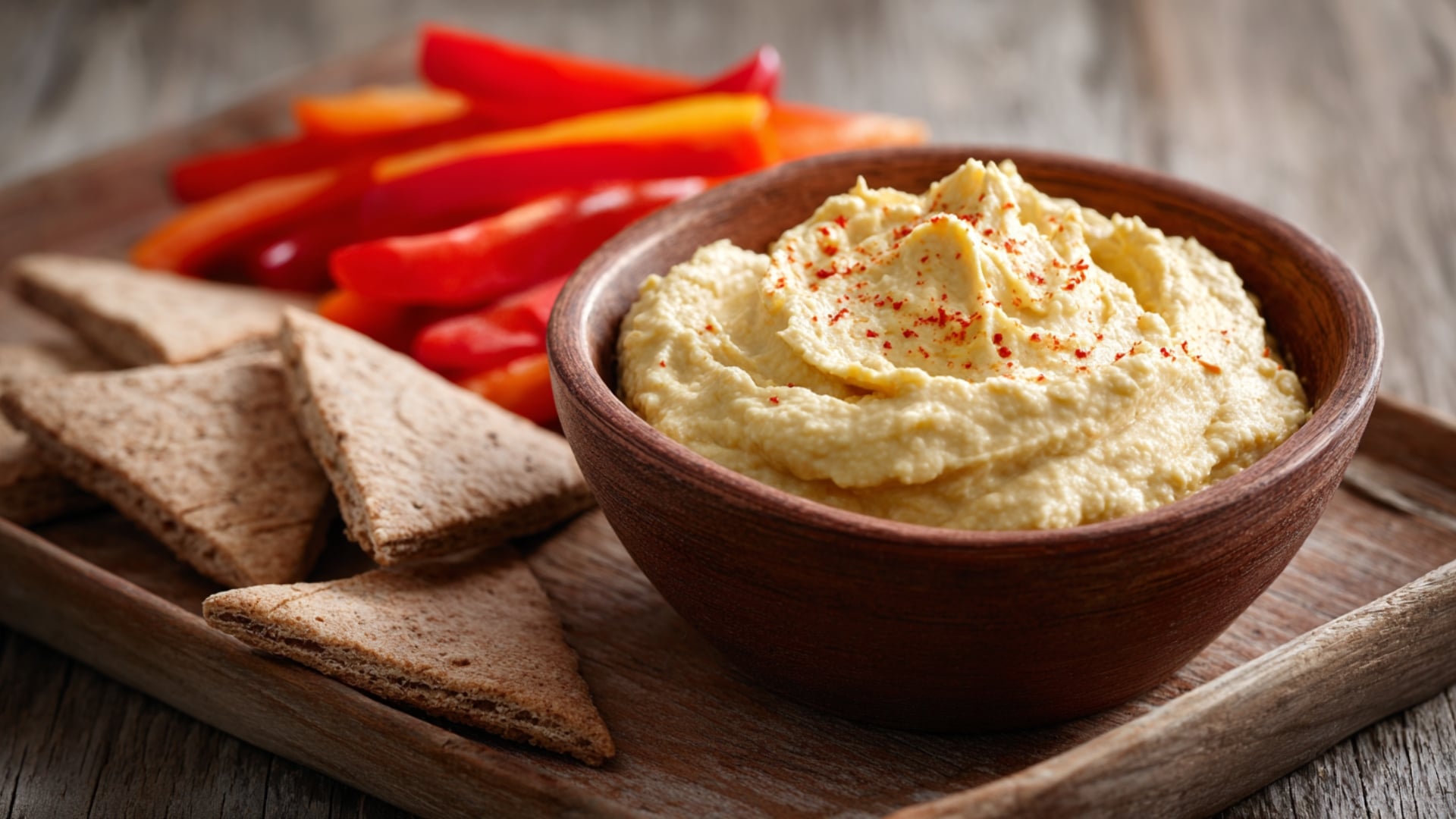
Chickpeas have a nutty flavor and smooth texture that many children enjoy. They’re versatile and can be roasted for snacks, mashed into spreads, or added to soups.
Canned chickpeas are convenient for quick meals, while dried ones are more economical.
Mini Recipe: Whip up a batch of homemade hummus using chickpeas, tahini, and lemon juice for a quick and easy snack. Serve it with colorful red bell pepper sticks or whole-grain pita triangles for dipping.
9. Kidney Beans
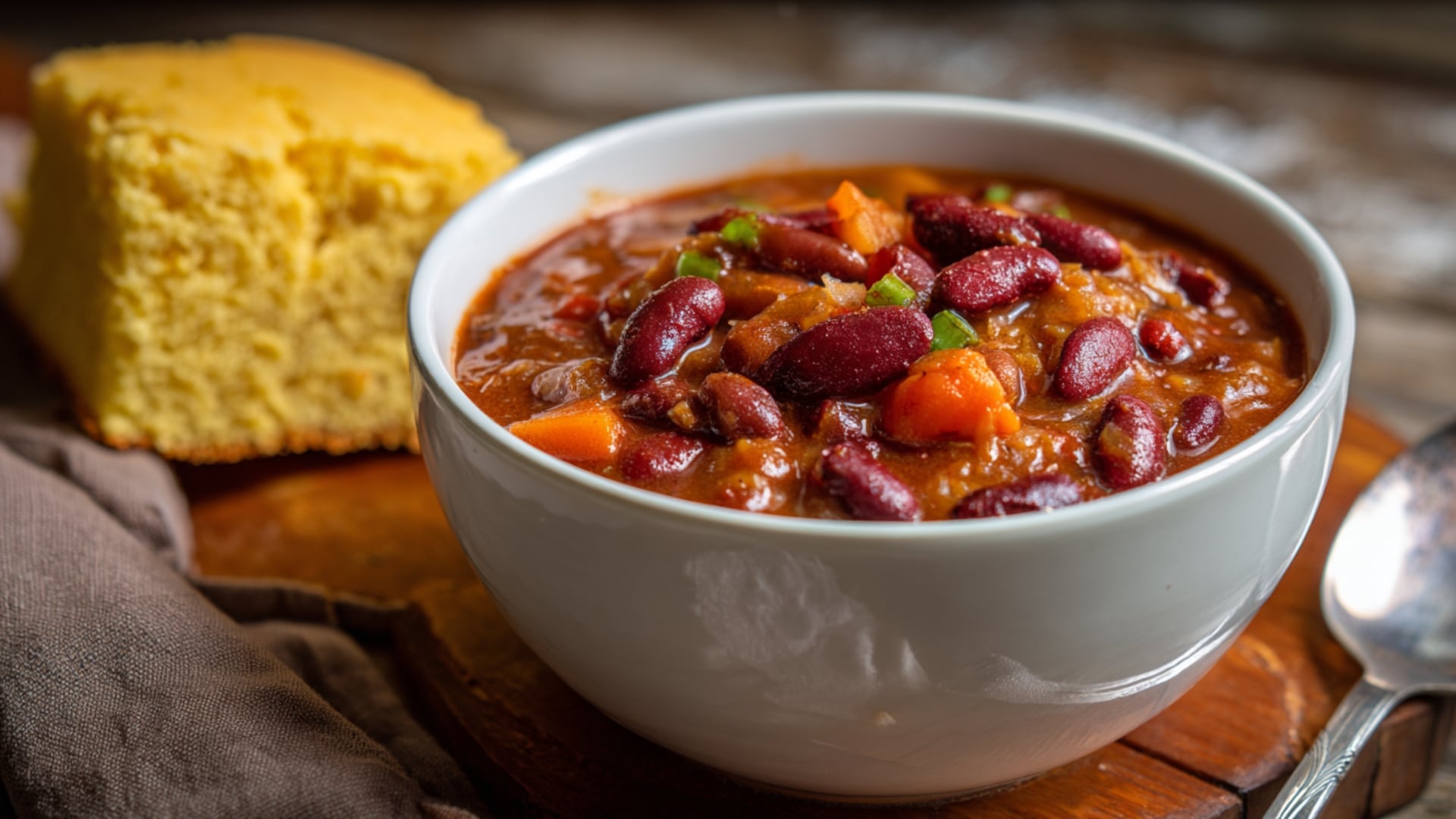
Kidney beans have a hearty, meaty texture that works well in kid-friendly dishes like chili and soups.
They retain their shape when cooked and have a mild flavor that pairs well with tomatoes and vegetables that children typically enjoy.
Mini Recipe: Add kidney beans to a mild veggie chili with diced tomatoes and carrots. Serve with fluffy rice or warm cornbread for a cozy, iron-rich meal the whole family will enjoy.
10. Spinach
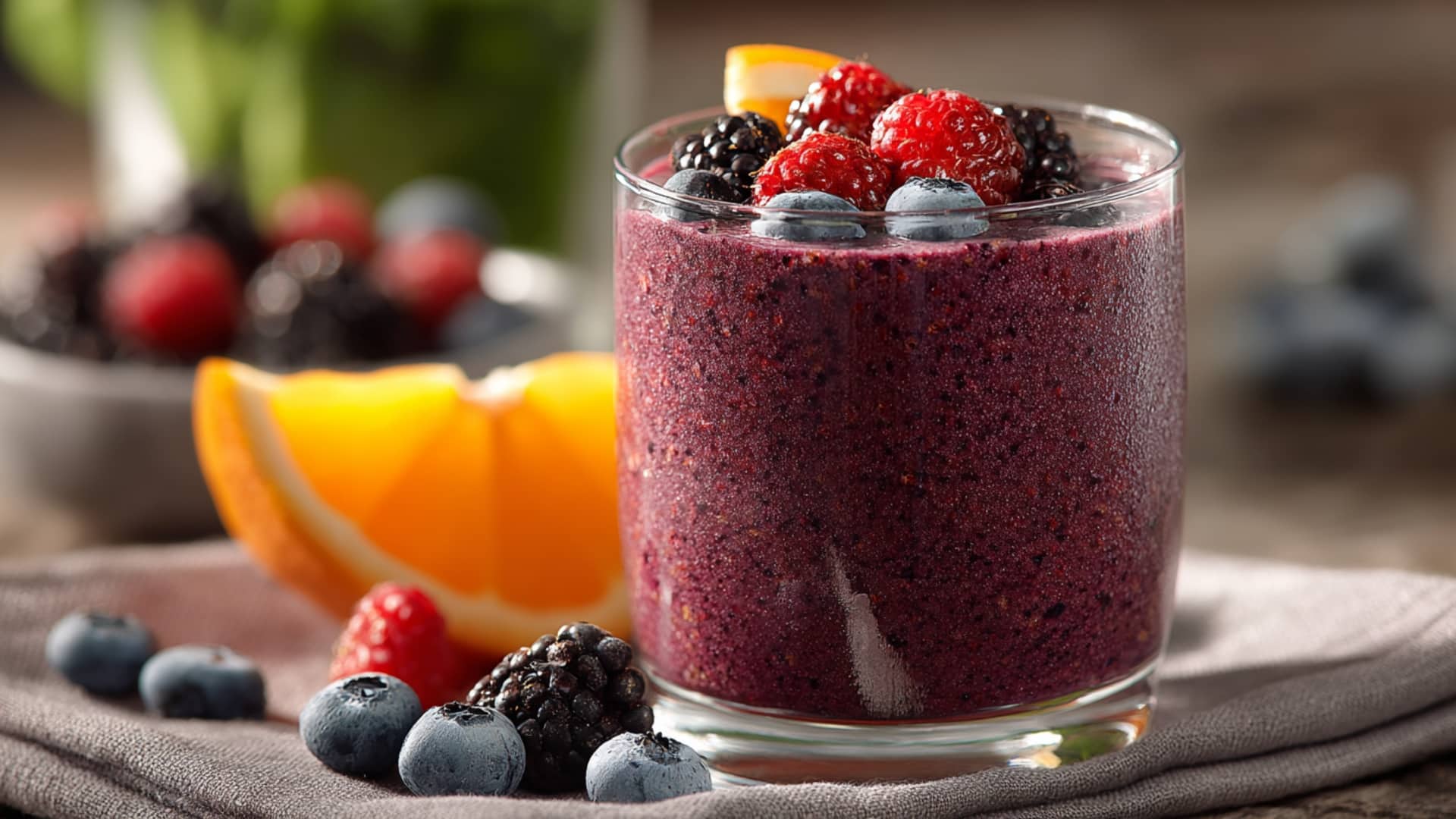
Spinach is rich in iron and becomes more concentrated when cooked, allowing for more nutrition in smaller portions. Fresh spinach works great in smoothies where its mild taste is masked by sweet fruits.
Frozen spinach is a convenient option that maintains its nutritional value.
Mini Recipe: Blend spinach into a berry and banana smoothie with fresh orange juice. This creates a fruity, iron-rich breakfast or snack that tastes like a milkshake.
11. Tofu
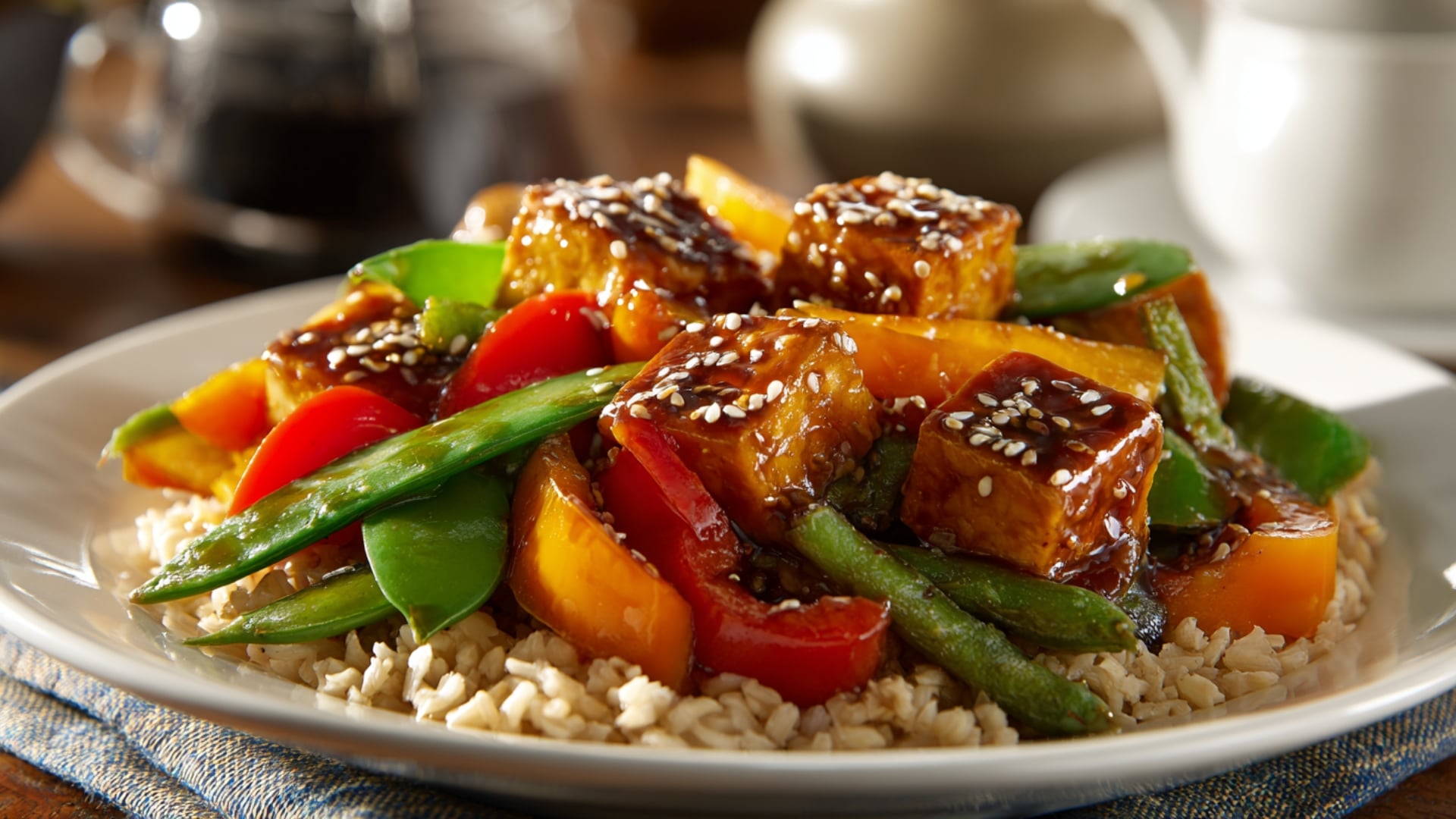
Tofu is a plant-based protein made from soybeans that provides an excellent source of iron for vegetarian diets. It has a mild flavor that absorbs other tastes well, making it perfect for kids who are hesitant about new foods.
Firm tofu is ideal for cooking and retains its shape nicely.
Mini Recipe: Make a tofu stir-fry with colorful bell peppers, snap peas, and a light teriyaki glaze. Serve over brown rice for a complete, iron-rich meal that’s both nutritious and appealing.
12. Fortified Cereal
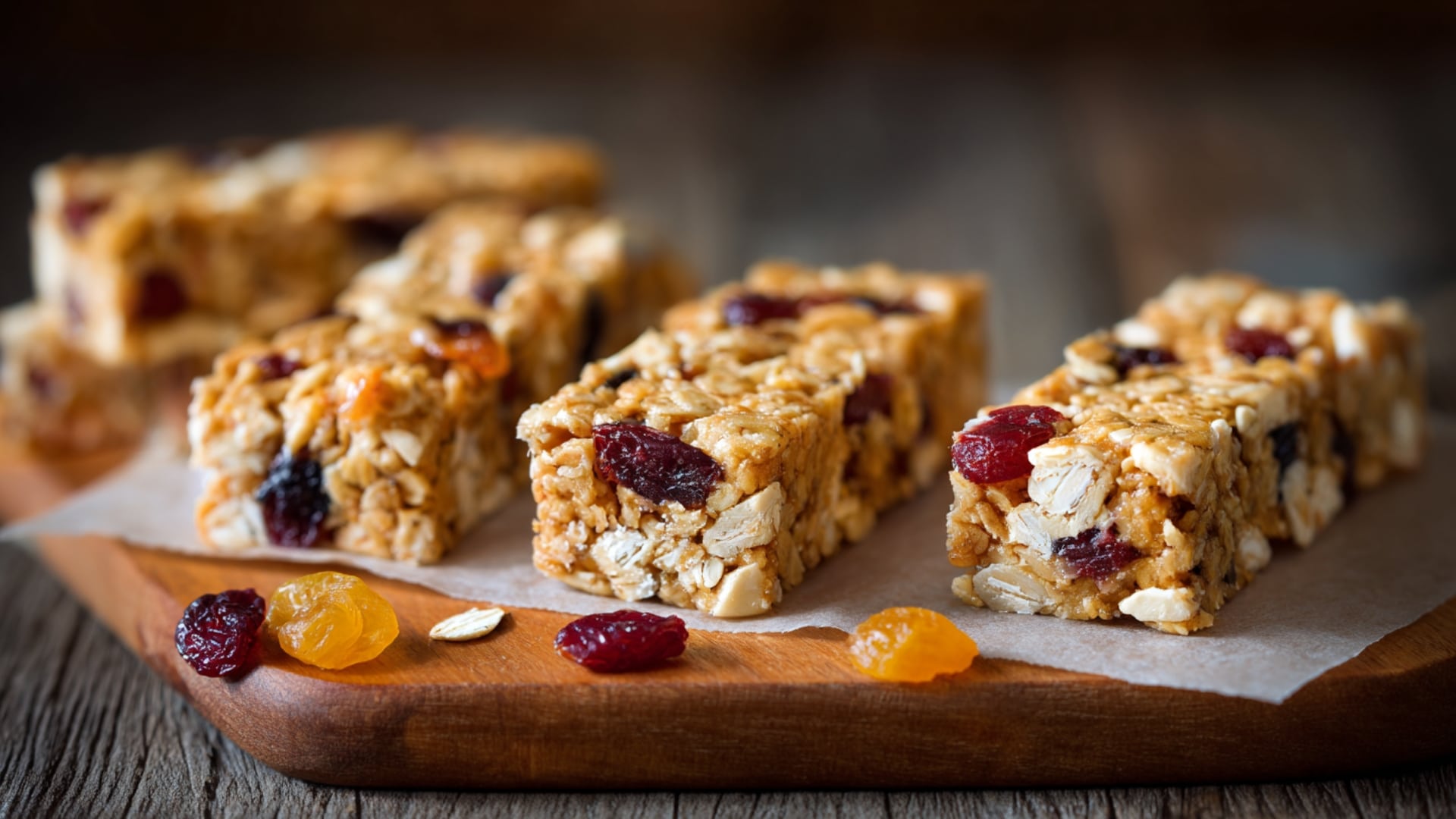
Iron-fortified cereals are one of the easiest ways to boost your child’s iron intake at breakfast. Many cereals provide 100% of daily iron needs in just one serving.
Choose cereals with less sugar and more whole grains for the healthiest option that still tastes great.
Mini Recipe: Use crushed fortified cereal to make no-bake snack bars with peanut butter and honey. Add chopped dried fruits for an extra sweet and nutritious touch to these portable treats.
13. Oatmeal
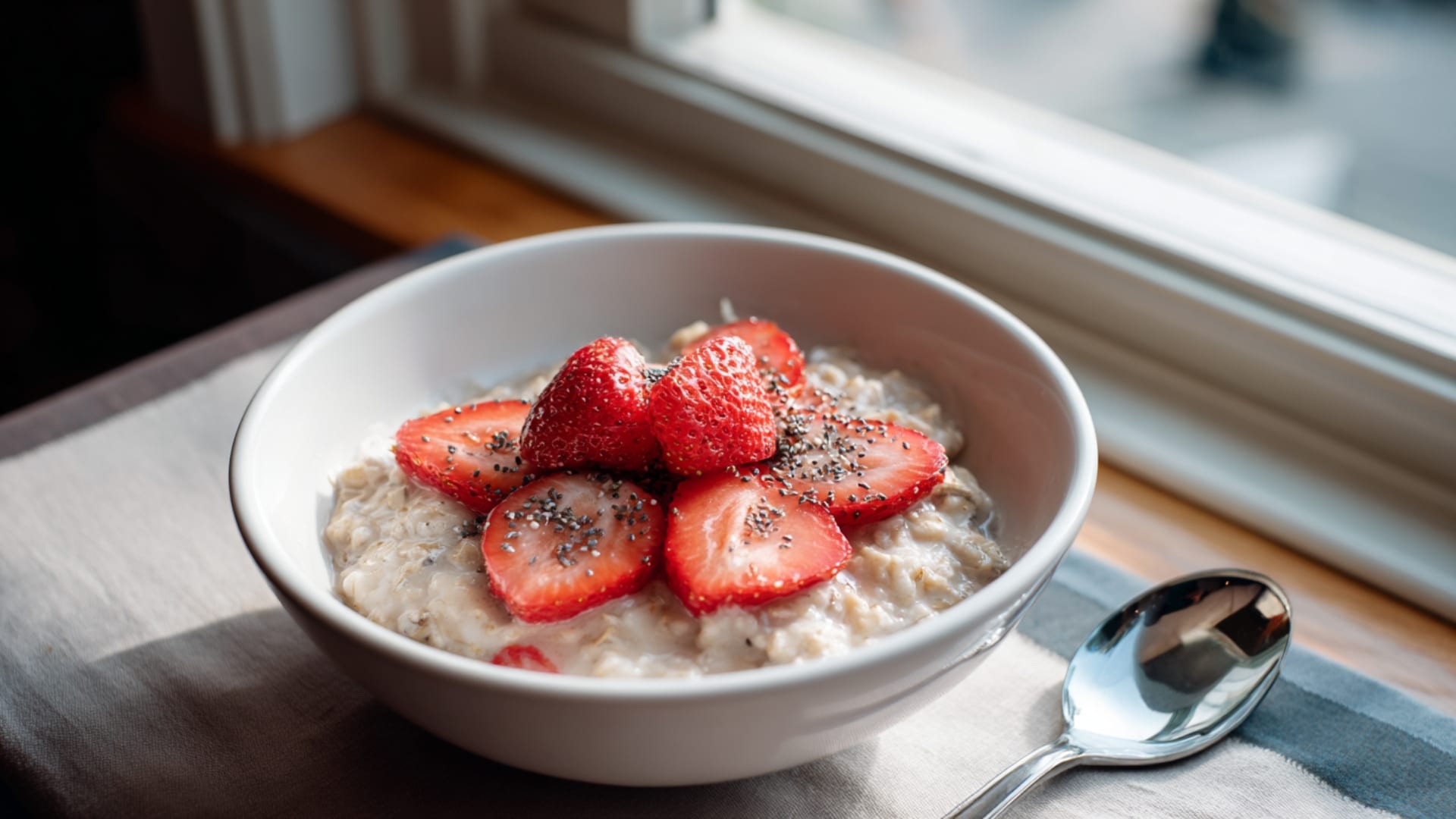
Oatmeal provides steady energy along with iron, fiber, and other important nutrients. It’s naturally mild-tasting and can be sweetened with fruits instead of sugar.
Steel-cut oats have more iron than instant ones but are both nutritious for children.
Mini Recipe: Top warm oatmeal with raisins, chia seeds, and fresh sliced strawberries. This combination creates a sweet and iron-rich start to the day that kids will love.
14. Pumpkin Seeds
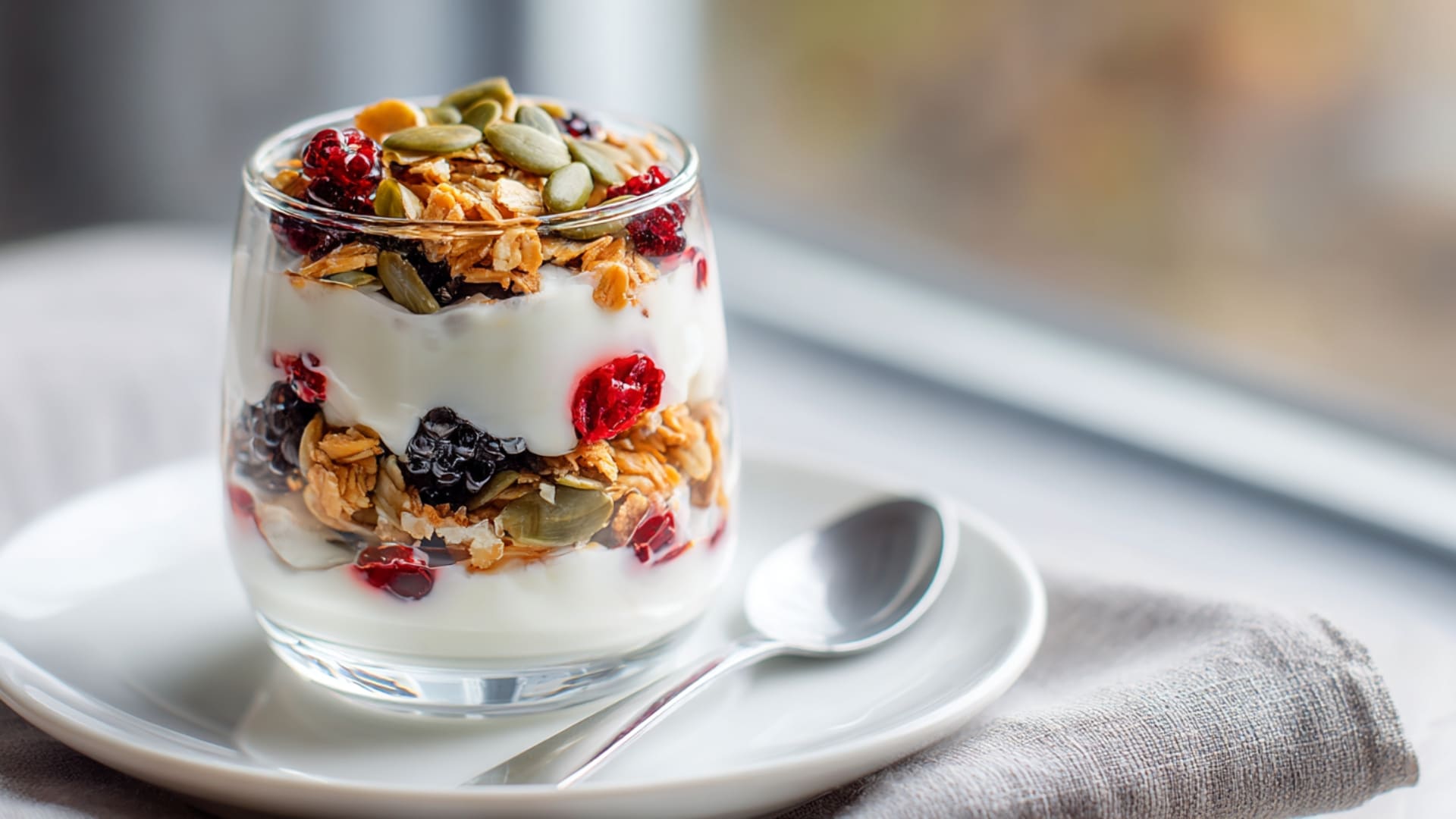
Pumpkin seeds are a nutrient-dense snack that provides iron, healthy fats, and protein in a small serving. They have a mild, nutty flavor that most kids enjoy.
You can buy them pre-roasted or make your own from fresh pumpkins during the fall season.
Mini Recipe: Toss roasted pumpkin seeds into colorful yogurt parfaits with berries and granola. Sprinkle them over smoothie bowls for a satisfying crunch and an iron boost that kids will enjoy.
15. Quinoa
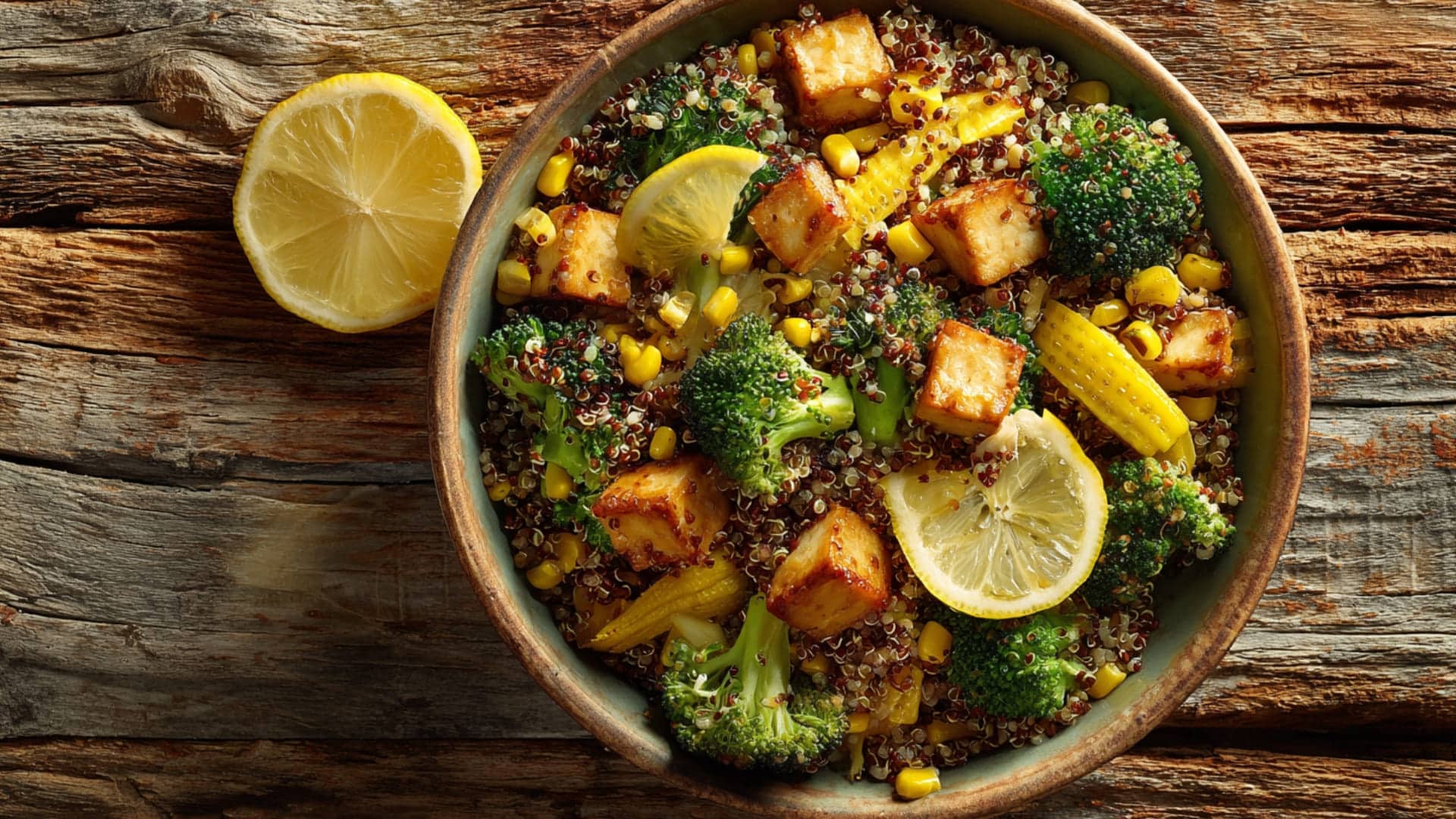
Quinoa is a complete protein grain that contains all essential amino acids plus iron. It has a light, fluffy texture similar to rice, but with more nutritional value.
Quinoa cooks quickly and suits both savory and sweet dishes, making it an adaptable meal option.
Mini Recipe: Serve as a colorful quinoa bowl with steamed broccoli, sweetcorn, and cubed tofu. Add a squeeze of fresh lemon juice to improve flavor and help iron absorption.
Tips to Boost Iron Absorption in Kids
Getting iron into your child’s body is only half the battle. With a few simple tips, you can help their body absorb and use that iron more effectively. These easy changes work with foods you’re already serving your family.
- Add Vitamin C Foods – Serve oranges with chicken or tomatoes with beans.
- Use Cast-Iron Pans – This cookware adds extra iron to food.
- Limit Milk at Meals – Calcium blocks iron, so serve milk between meals.
- Make Interactive Meals – Create taco bars with iron-rich topping choices.
- Involve Kids in Cooking – Children eat more of what they help prepare.
These simple changes can make a big difference in how much iron your child’s body actually uses from their meals. Small adjustments to familiar foods often work better than completely changing your family’s eating habits.
Final Thoughts
Adding iron-rich foods for kids to your family meals is easier than you might think. With these simple recipes and smart cooking tips, you can boost your child’s iron intake while keeping everyone happy at the dinner table.
Remember to pair iron-rich foods with vitamin C sources and involve your kids in meal preparation for optimal results. Small changes can make a big difference in your child’s energy and health.
Have you tried any of these iron-boosting recipes with your kids? Share your favorite tricks for getting children to eat nutritious foods in the comments below!
For more insights on healthy eating, visit ourNutrition Facts section.

